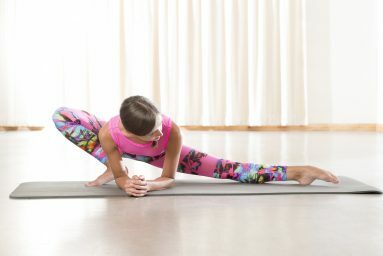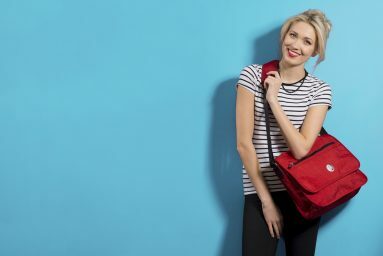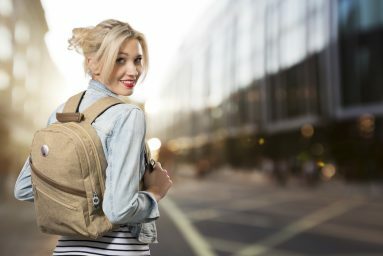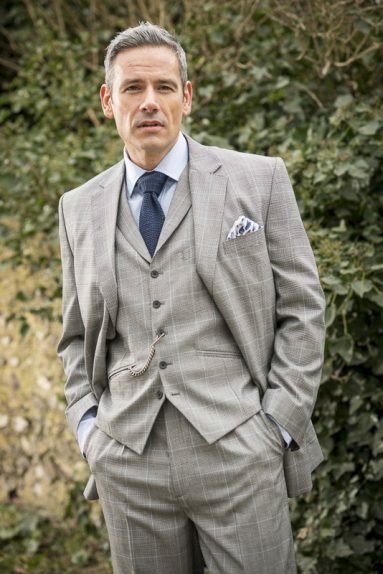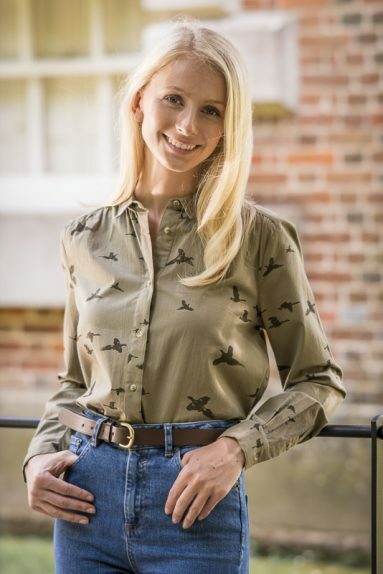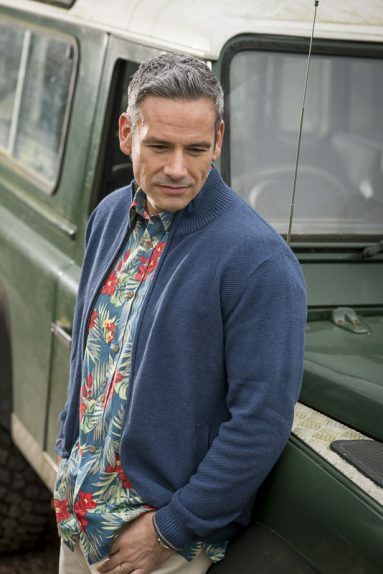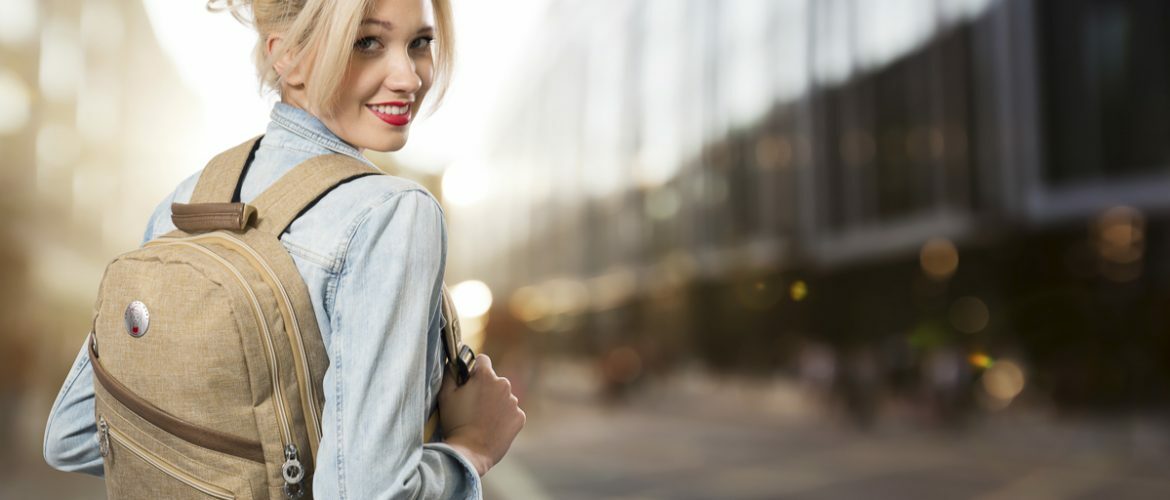
How To Write a Brief for a Fashion Shoot
Why You Should Prepare a Brief for Your Fashion Shoot
Cara Delevingne is perhaps “unavailable”, and you may not be considering booking a fleet of Winnebagoes, lighting trucks or wind machines, but even a small-scale fashion shoot requires the coordination of many different elements if it is to be successful. All it takes is just one of these to go awry, and it could potentially ruin the entire shoot.
The thing is though, while a certain requirement might seem like a total given to you, it may not be so obvious to others – and vice versa. Indeed, sometimes it’s hard to be certain that you are all talking on the same page. And if the photographer hasn’t fully understood what it is that you want, then you’re very unlikely to get it. A written brief will act as a “script” that you can refer back to at any point should doubts arise, helping to ensure a smooth shoot.
For example, occasionally a client may be dissatisfied with some element of the work delivered by the photographer, causing disagreement over precisely what the photographer was or was not requested to do during the shoot. Perhaps the photographer forgot to take a close-up shot of an important design feature on a garment? If this was stipulated in the brief, then clearly the photographer is at fault and they will need to make amends by reshooting this particular item at their own expense.
This can work both ways though, as the client may just as easily have forgotten to ask the photographer to provide that shot in the first place. In this case the photographer would be within their rights to ask the client to pay an extra fee to cover a reshoot. You don’t want to be that client.
Clearly, then, it’s in your interests to put all your requirements in writing in the form of a comprehensive brief before you begin work. This will ensure that everybody understands what is expected of them and is sure of their responsibilities – significantly increasing the chances that you’ll get exactly the images you need, when you need them.
What to Include in a Fashion Photography Brief
The Objective
Start with the real basics: what’s this shoot for? What do you want to achieve? What’s the message?
Perhaps you’re launching a new product? Or you have a seasonal promotion coming up, such as a Christmas-themed campaign? Or just for general sales?
Even if it seems perfectly obvious, spell it out. If nothing else, it will serve as a reminder, helping to get things back on track should they ever become unfocused during the shoot.
Target Audience
Who should the shots appeal to? It’s no use the photographer shooting a bunch of “edgy” and self-indulgent snaps if your market demographic is less Lucky Blue and more blue-rinse.
https://en.wikipedia.org/wiki/Lucky_Blue_Smith
End Usage
What will the images be used for? What are your marketing channels? Where? How?
Perhaps the photos will be used in a catalogue? Or for e-commerce? On Amazon? Social media and blogs? For PR? As an advertising campaign? Will it be a purely digital campaign, or also print? If print, how big? Magazine? Poster? Billboard? All of the above?
It is important to stipulate this information as much as possible right from the outset. Doing so will not only ensure that you have the correct copyright and usage agreements, but may even dictate the camera or other equipment that the photographer should use to produce your photos.
Brand Image
Explain your brand and its core values. What do you do? What do you stand for? What are you about? What makes you different from your competitors?
Conversely, what don’t you do? What are you against? What doesn’t fit your image?
Visual References
It’s likely that you already have a general idea of the kind of photos that you want to receive at the end of the shoot. Provide some examples in the form of a mood board. This could cover anything from framing, photographic style, colours, models, poses, locations…whatever is important for your shoot.
In all likelihood you’ve chosen your photographer because of their portfolio, or at least some aspect of their portfolio – for example a particular shoot that you really love, or a certain style of photo that the photographer does really well. Make it clear to the photographer exactly what it is that you like about their work – i.e. what it is that you would also like to receive in your photos. But just as equally, if there’s a side to the photographer’s work that is not appropriate for your product or brand, then now is the time to say so.
Shot List
Are there any “hero” shots? Or ones that require extra attention? What are the unique features of the garment – the ones that will make it sell? Make sure you have all of these covered in your shot list. For example, a product might feature a particular design detail that will not come across well if it is too small in the frame. Other garments might be made from a special fabric with a unique texture that you want to highlight.
You might need to prioritise though. Be realistic about how many shots can be done in a day (if in doubt, ask the photographer). Consider making A and B lists, in case not all the photos can be done in the time that you have.
Specific Requirements
What shooting format do your require for each photo? Portrait (vertical)? Or landscape (horizontal)?
Photos are normally rectangular, but you might need to use yours cropped to a square. Or even to a super-wide rectangle for a banner. If the photographer is to produce an image that still contains all the information you need after it’s been cropped, they’ll want to know about these special requirements before shooting.
Or perhaps you need the photographer to leave extra space around the subject, so you have enough room to add text to the image? Again, there’s no use asking for this once the shoot is over, as by then it will likely be too late.
Any other specific technical or design requirements? Be sure to specify all these requests in your brief, so as to be certain that the final images will fully meet your needs.
Models
Given that Miss Delevingne couldn’t make it in the end, who else do you have in mind? Include a short casting brief, describing the kind of model(s) you will ideally get to work with.
Grooming and Styling, etc.
Also include any specifications you have regarding styling, hair, make-up, and perhaps even props.
Location
Are these simple sold-background studio shots? Or will they require an elaborate set to be built? Or perhaps they need to be shot out on location somewhere? Put it all down in writing.
Formats
In what format do you want to receive the final images? TIFs? JPEGs?
And how should they be delivered? Via FTP, file transfer service, or on a hard-disk?
Deadlines
Specify when you need to receive the photos in order to meet your own publication/usage deadlines. However, be sure to allow time for retouching and other post-production. Again, you will likely need to consult with the photographer regarding a realistic delivery date for the finished images.
Call-Sheet
Unless the photographer or an external producer is taking care of this, you may need to put together a call-sheet for the day, and distribute this to all involved (photographer, models, stylists, hair and makeup artists, etc.). This way, everyone knows where to be and when. No excuses.
From our numerous experience producing fashion shoots here at Photography Firm, we strongly believe that putting together a comprehensive written brief is one of the most important steps that you can take towards ensuring that your fashion shoot is a great success. Carefully follow our tips above, and the rest of your shoot will be plain sailing!

